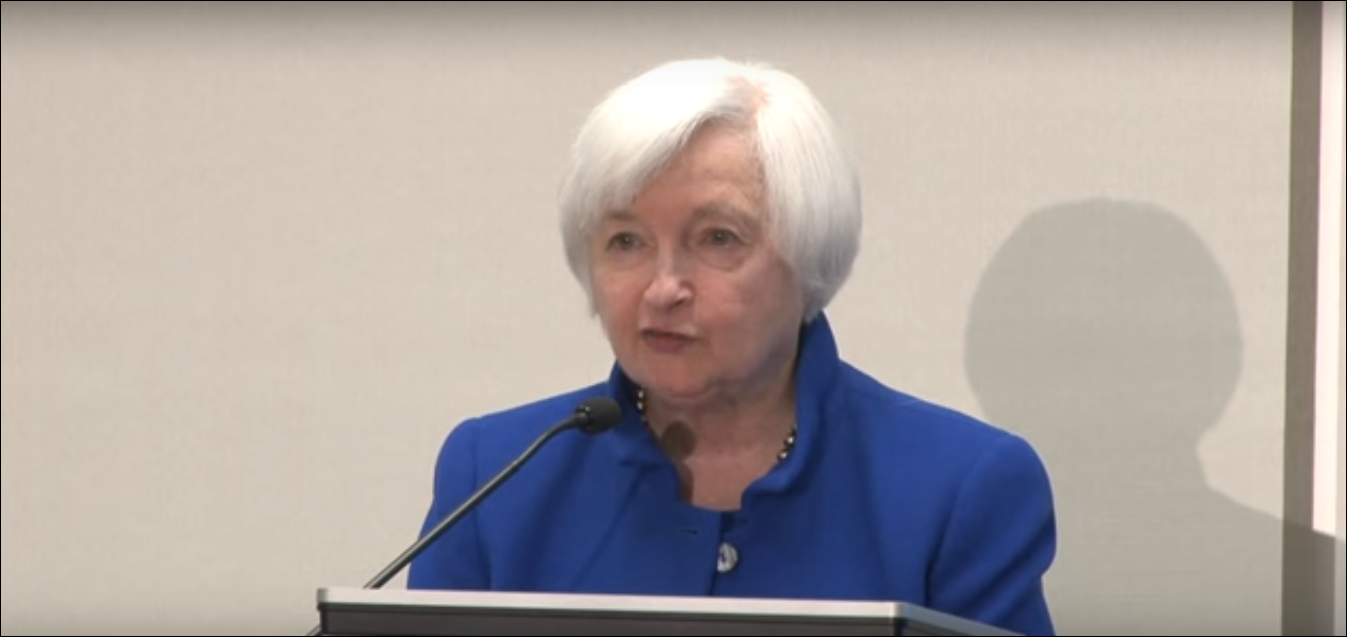最後更新日: 2024年01月23日
耶倫在演講《Macroeconomic Research After the Crisis》中,提到另一個金融海嘯後,宏觀經濟學者可作更多研究的方向,就是「通脹是如何形成的」。
背景資料可詳閱《跟耶倫學宏觀經濟學研究 — 背景》
跟耶倫學宏觀經濟學研究 — 背景 | EconReporter
今個星期Byron在《免費早餐》會用兩篇文章,簡介儲局主席Yellen最近一篇有關她對宏觀經濟學的未來研究方向的演稿。鑑於這個題目相當重要且有趣
耶倫指出,宏觀經濟學概有理解通脹的框架雖然大仍然有用,例如通脹主因受通脹預期主導,而貨幣政策則可透過改變預期來影響通脹。而整體經濟的供求狀況,及勞動市場的就業水平等,都能影響通脹水平。
Theory and evidence suggest that this trend is strongly influenced by inflation expectations that, in turn, depend on monetary policy. In particular, the remarkable stability of various measures of expected inflation in recent years presumably represents the fruits of the Federal Reserve’s sustained efforts since the early 1980s to bring down and then stabilize inflation at a low level.
The anchoring of inflation expectations that has resulted from this policy does not, however, prevent actual inflation from fluctuating from year to year in response to the temporary influence of movements in energy prices and other disturbances. In addition, inflation will tend to run above or below its underlying trend to the extent that resource utilization–which may serve as an indicator of firms’ marginal costs–is persistently high or low…
但在細節上,這些理論的推測能力就有所不足,例如金融海嘯後失業率急升,通脹率理應跌更多,甚至出現嚴重通縮;以下為Byron的說法:
大部分經濟學者一直相信的,係失業率同通脹有一定的關係,勞動市場復甦到咁上下,由人搵工去到工搵人,對工資就會構成壓力,通脹終會上升。奇就奇在美國通脹率未見升得快,等極都追不到2%的政策目標(同樣的怪現象亦在其他發達國家出現)。
低通脹到底是全球的長期現象,還是暫時的異常表現?更難理解的,是市民同老闆如何形成對通脹的預期,點解硬係唔信通脹會上升?
另外,宏觀經濟學對通脹主要受短期的通脹預期,或是長期的通脹預期影響仍未有定論,這些都是要再作研究的地方。
今次就找來耶倫在演講中提及,由Olivier Blanchard寫的短文《The US Phillips Curve:Back to the 60s?》。此文的主題就是整理數據,觀察通脹動態的改變,例如Phillips Curve的斜度、通脹預期的重要性等。
值得一提,是這短文為之前提及由Blanchard、Larry Summers及Eugenio Cerutti合著的《Inflation and Activity – Two Explorations and their Monetary Policy Implications》 的延伸。
本網內容全數由Patreon嘅讀者贊助
如果你都鐘意我地嘅文章,可以考慮成為我地最新嘅Sponsor !
想睇到我地最新嘅文章,可以去Telegram follow 我地 詳見《Econ記者使用說明》







